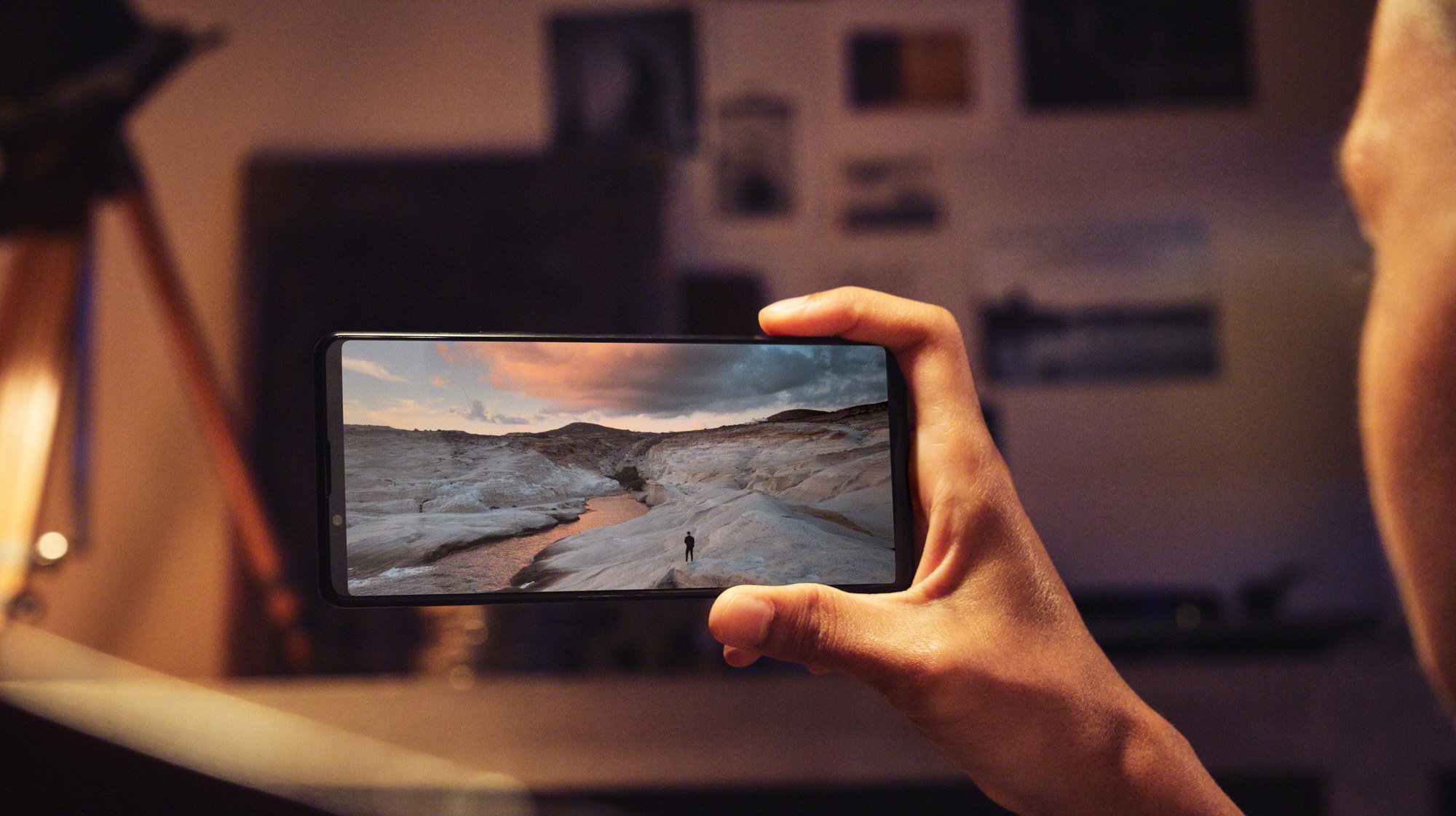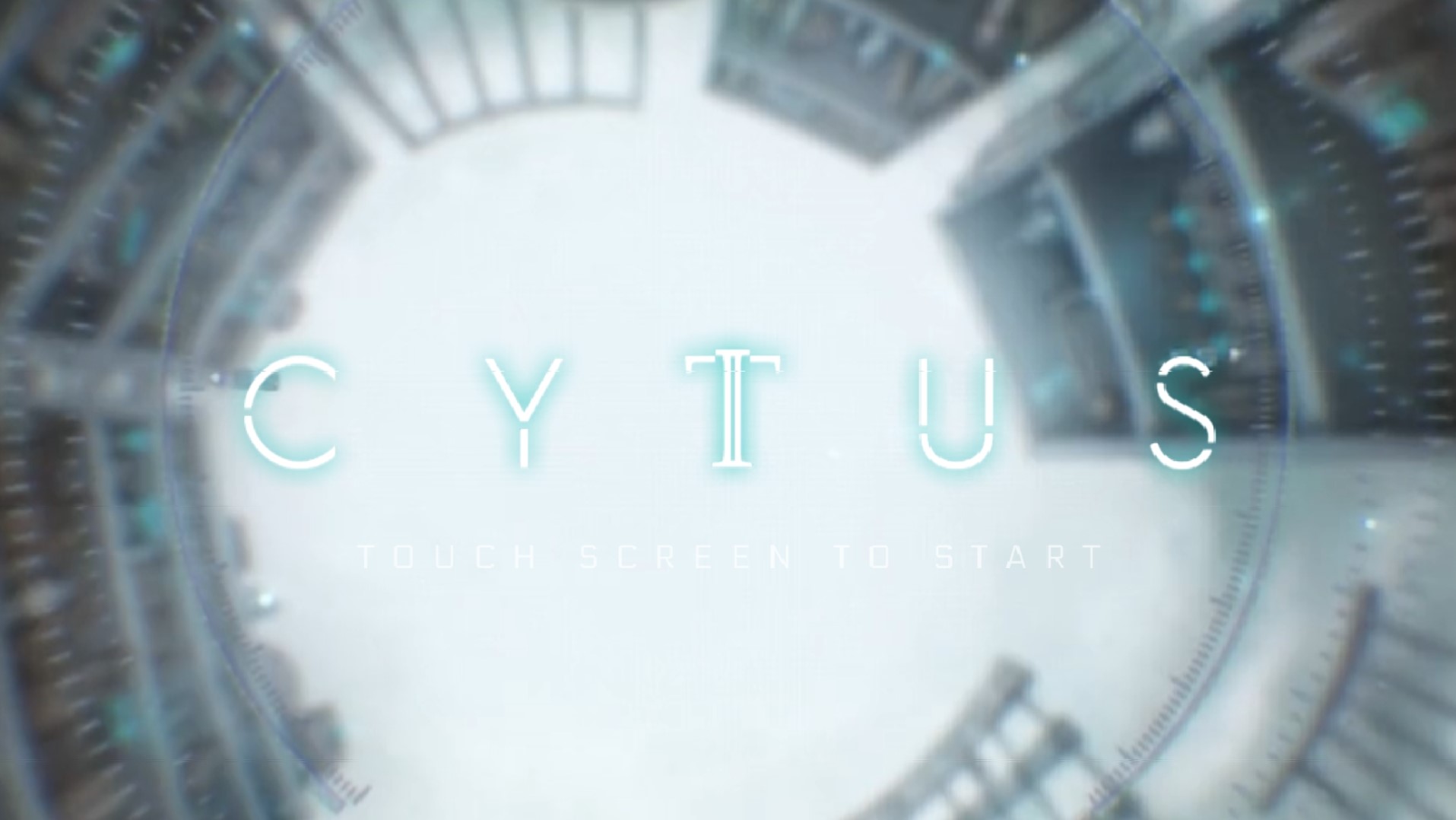New Google Earth Timelapse Feature Can Show 37 Years Of Change - Android
Google Earth has just gotten a nifty little feature for those who like to see the march of time. According to 9to5Google, the new Google Earth Timelapse feature will show people a progressive timelapse animation using a back catalog of satellite imagery. The Google Timelapse feature will show you 37 years of progress The timelapse [...]
Read More...
The post New Google Earth Timelapse Feature Can Show 37 Years Of Change appeared first on Android Headlines.

Google Earth has just gotten a nifty little feature for those who like to see the march of time. According to 9to5Google, the new Google Earth Timelapse feature will show people a progressive timelapse animation using a back catalog of satellite imagery.
The Google Timelapse feature will show you 37 years of progress
The timelapse feature was a massive undertaking by Google. With it, a person can see satellite imagery from the past 37 years. Starting from 1985, a slider progresses up until 2020. When you go to the timelapse, it will start playing automatically. You can watch it or go through it at your leisure.
One of the main focuses of Timelapse is on education. There are six pre-programmed tours that the app will take you on. Each tour centers around a certain theme. For example, one focuses on how human beings have impacted forestation over the past three decades, while another one focuses on global warming.
Since the satellite imagery goes all the way back to 1985, it isn’t all from Google. The company partnered with NASA, Sentinal satellites from the European Union, and The United States Geological Survey’s Landsat program. With this, they were able to cover the globe and provide a smooth animation.
The Timelapse feature required an absolutely MASSIVE amount of data to create
It’s tough to put into words the gargantuan amount of data that went into conceiving Google Earth’s Timelapse. For starters, it took thousands of machines with a combined 2 million+ processing hours. That’s just over 228 years’ worth of hours.
20 petabytes of data had to be compiled in Google Cloud. To put that into perspective, that’s the equivalent of about 39,062 phones with 512 GB of storage. It’s all one gigantic 4.4 terapixel video! Google refers to this as the “largest video on the planet of our planet.” There’s little reason to argue with that statement.
There are tons of resources available to the public
Google has made timelapse videos available to the public for free use. There are 800 videos that can be downloaded. There’s also the option to watch the videos on YouTube. You can use these videos for educational purposes. Google says that it will update the Timelapse annually over the next decade. This means that over the next ten years, the data is just going to pile on. The additional data could probably help navigation services like Google Maps.
Google hopes that the Google Earth Timelapse feature will enlighten people on the impact that we are having on our planet, and how we should change from now on. The Timelapse feature is free to use on the app and via the web.
The post New Google Earth Timelapse Feature Can Show 37 Years Of Change appeared first on Android Headlines.
16/04/2021 01:35 PM
Everything we know about Sony’s 2021 flagship — the Xperia 1 III
16/04/2021 03:30 PM
Save your eyes and some battery on your Samsung Galaxy phone with dark mode
16/04/2021 04:00 PM
Netflix's 'Resident Evil' series premieres in July
16/04/2021 12:50 AM
Google Pixel Buds A will reportedly lose some features to keep costs down
16/04/2021 05:46 PM
Heart pumpin', thumb thumpin' fun in Cytus II!
16/04/2021 12:30 PM
Set up dark mode scheduling on your Pixel phone with these quick steps
16/04/2021 04:00 PM
The Galaxy S20 FE is the best phone, so it deserves the best case
16/04/2021 02:00 PM
Samsung is going all-in on foldable phones and tablets
16/04/2021 02:12 PM
- Comics
- HEALTH
- Libraries & Demo
- Sports Games
- Racing
- Cards & Casino
- Media & Video
- Photography
- Transportation
- Arcade & Action
- Brain & Puzzle
- Social
- Communication
- Casual
- Personalization
- Tools
- Medical
- Weather
- Shopping
- Health & Fitness
- Productivity
- Books & Reference
- Finance
- Entertainment
- Business
- Sports
- Music & Audio
- News & Magazines
- Education
- Lifestyle
- Travel & Local





